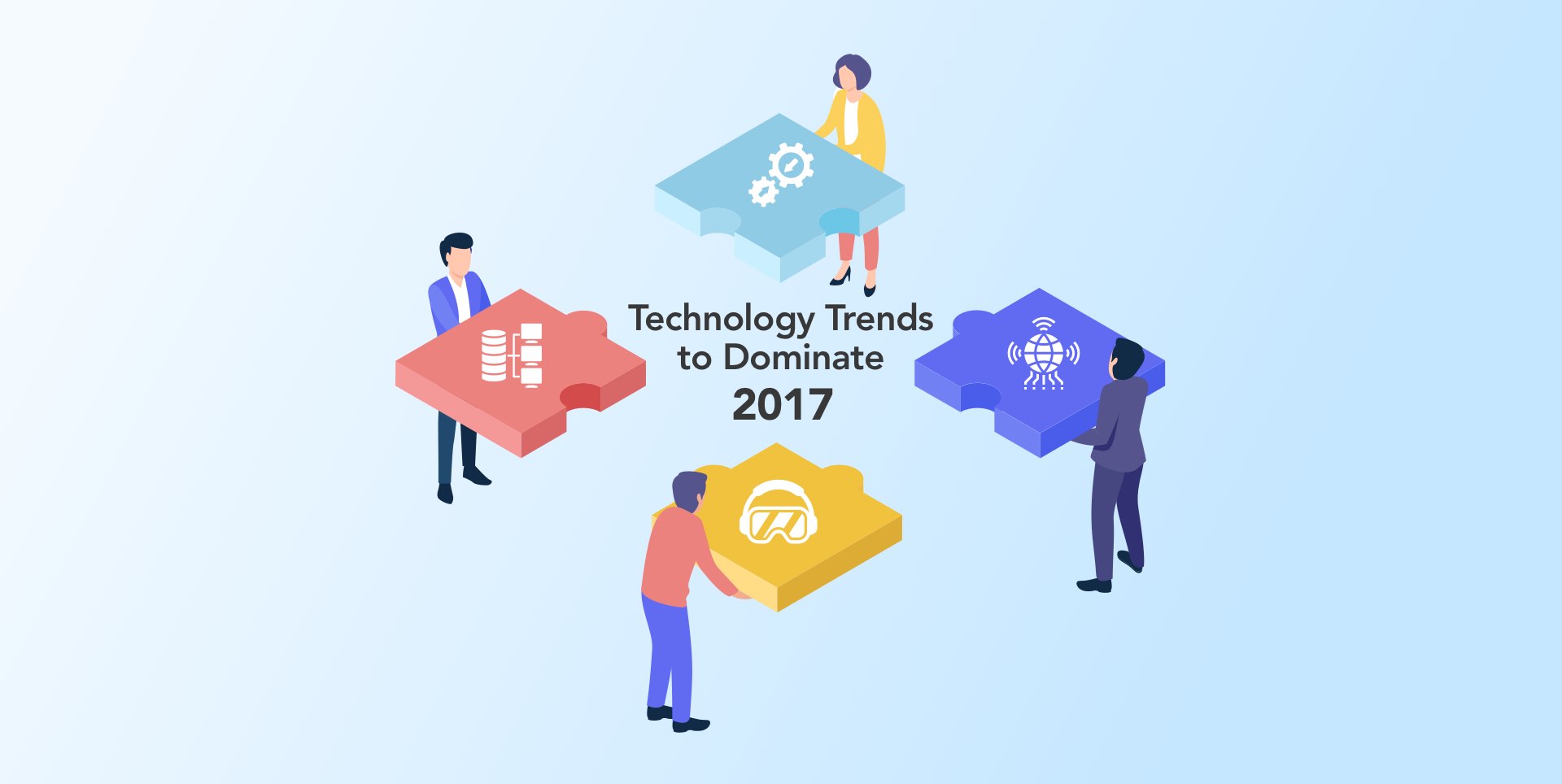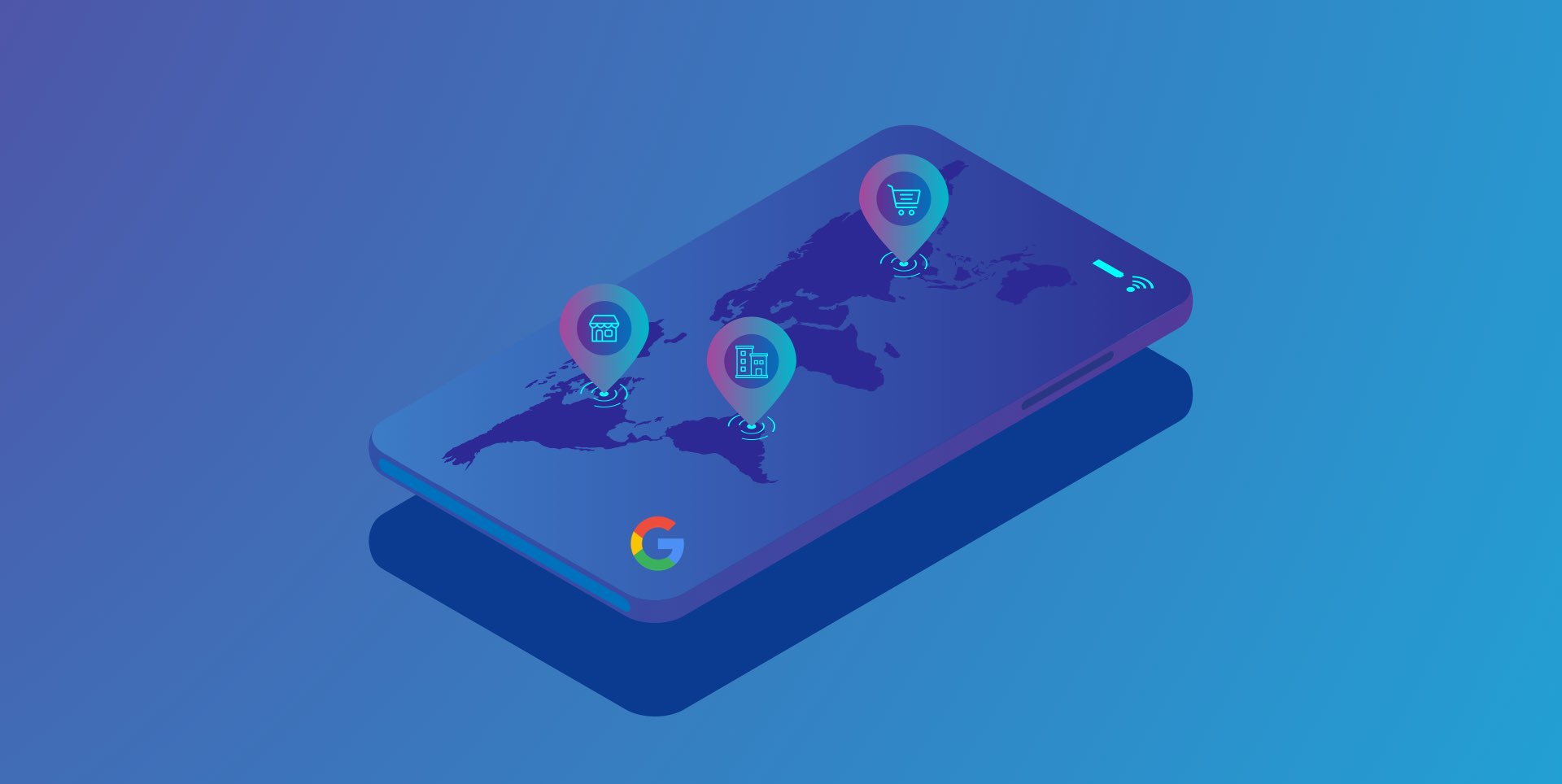- TransformationTrends
- 10 min read
- June 2024
Top Digital Transformation Trends for 2024
Key takeaways
Digital transformation is reshaping the business landscape, fundamentally changing how companies operate and deliver value.
Integrating advanced digital technologies like AI, IoT, and cloud computing empowers businesses to streamline operations, enhance customer experiences, and unlock new growth opportunities.
However, this transformation goes beyond just technology—it's about rethinking business models and processes to remain relevant in a rapidly evolving market. Embracing digital transformation is essential for businesses to maintain a competitive edge.
Companies that fail to adapt risk being left behind as competitors leverage new technologies to improve efficiency and customer engagement.
Adopting these advancements enables businesses to be agile, responsive, and better equipped to meet changing customer demands.
Key digital transformation trends for 2024
In 2024, companies will need to adopt and work on these digital transformation trends to stay ahead of their competition in this digitally thriving business age. Here are the said trends.

1. AI and Machine Learning
AI and machine learning (ML) are set to become the cornerstone of digital transformation efforts in 2024. As businesses seek to enhance productivity, improve customer experience, and make more informed decisions, AI and ML offer unparalleled capabilities.
Generative AI is transforming how businesses create content, develop ideas, and draw insights from data.
Key statistic: 75% of business leaders view advanced generative AI as a competitive advantage.
By integrating AI across various business processes, companies can automate repetitive tasks, gain deeper insights into customer behavior, and streamline operations.
AI integration and adopting ML algorithms not only boost efficiency but also position businesses to respond swiftly to market changes. The ability to leverage AI for real-time decision-making and predictive analytics will be a game-changer for many industries.
2. Internet of Things (IoT)
The Internet of Things (IoT) continues to drive digital transformation by enabling seamless connectivity and data exchange between devices. This integration allows businesses to collect and analyze data from various physical objects, leading to optimized processes and improved operational efficiency.
Impact: IoT is particularly transformative in industries like manufacturing and logistics, where predictive maintenance and real-time monitoring can significantly reduce downtime and costs.
For example, global smart tracking systems in supply chains provide real-time visibility into the location and condition of goods, enhancing supply chain management.
In manufacturing, IoT devices can monitor machinery and predict maintenance needs, preventing costly breakdowns and ensuring smooth operations. By embracing IoT, businesses can not only improve their operational efficiency but also innovate in ways that were previously unimaginable.
3. 5G technology
5G technology is set to revolutionize the infrastructure of smart cities, enabling real-time data collection and decision-making. With its high speed and low latency, 5G will support a range of applications that enhance urban living, from traffic management to energy optimization.
Key examples: Advanced traffic management systems in Japan use real-time cameras and sensors to manage traffic flow, reducing congestion and improving commute times. In Berlin, energy-saving smart streetlights adjust their brightness based on real-time data, significantly cutting energy consumption and promoting sustainability.
Deploying 5G will help develop more efficient, connected urban environments. Businesses operating in smart cities can leverage this technology to offer new services, enhance customer experiences, and streamline operations.
4. Automation-driven efficiency
Automation continues to be a critical driver of efficiency in business processes. Technologies such as Robotic Process Automation (RPA), no-code, and hyper-automation tools are transforming how businesses operate by reducing manual effort and increasing productivity.
Impact: By 2024, companies are expected to decrease operational expenses by 30% using hyper-automation.
Automation is not just about cost savings; it's about freeing up human resources to focus on strategic initiatives and creative problem-solving. From order processing to inventory management, automation can handle repetitive tasks, allowing businesses to operate more smoothly and efficiently.
Additionally, the adoption of no-code tools democratizes technology, enabling employees without technical backgrounds to create and deploy solutions, further driving innovation and efficiency.
5. Composable business strategies
Composable business strategies involve using existing resources flexibly to respond quickly to changing market demands. This approach allows businesses to build and deploy new features and services more rapidly, fostering innovation and agility.
Key statistic: Gartner believes that 70% of large and medium-sized enterprises will have composability as a key criterion for new application planning.
By leveraging a composable business model, companies can break down their operations into modular components that can be easily reconfigured. This flexibility not only accelerates development but also reduces the risk associated with large-scale changes. Businesses that adopt this approach will be better positioned to adapt to market shifts and capitalize on new opportunities.
6. Everything as a service (XaaS)
The XaaS model is gaining traction as businesses move towards cloud-based services for greater scalability and cost-effectiveness. This trend encompasses a wide range of services, from software and infrastructure to platforms and data storage, all delivered via the cloud.
Impact: Enhanced collaboration and reduced hardware costs.
By adopting XaaS, businesses can access the latest technologies without the need for significant upfront investments in hardware. This model supports a more flexible and agile operational framework, allowing companies to scale their services according to demand.
The shift to XaaS also fosters innovation by providing access to a broad ecosystem of integrated tools and services that can enhance business operations.
7. Quantum computing for cybersecurity
Quantum computing holds the promise of revolutionizing cybersecurity through advanced encryption and secure communication methods. As cyber threats become more sophisticated, the need for robust security measures has never been greater.
Impact: Advance data security for critical infrastructures.
Quantum computing can perform complex calculations much faster than classical computers, enabling the development of highly secure encryption techniques.
Governments and financial institutions are already exploring quantum encryption and quantum key distribution (QKD) to safeguard their systems. Businesses that invest in quantum computing for cybersecurity will be better protected against emerging threats and data breaches.
8. Customer data platforms (CDPs)
Customer Data Platforms (CDPs) unify customer data from various sources into a single, comprehensive profile. CDPs enable businesses to gain actionable insights and personalize customer interactions more effectively.
Impact: Improved customer experiences and faster decision-making.
By leveraging the CDPs, businesses can create a 360-degree view of their customers, allowing for more targeted marketing and enhanced customer service. This holistic approach to data management supports better decision-making and drives higher customer satisfaction.
Companies that implement CDPs will be able to deliver more personalized and engaging customer experiences, fostering loyalty and growth.
9. Hybrid workforce models
Many businesses are adopting the hybrid workforce model, which combines remote and in-office work. This flexible approach enhances productivity and employee satisfaction by offering a better work-life balance.
Key statistic: 54% of workers prefer a hybrid work model.
By adopting hybrid work models, businesses can attract and retain top talent, improve employee engagement, and maintain operational continuity. This model also supports business resilience by ensuring that work can continue seamlessly, regardless of external disruptions.
Companies that embrace hybrid workforce models will benefit from a more motivated and productive workforce.
10. Total experience (TX)
Total Experience (TX) is an integrated approach that combines customer experience (CX) and employee experience (EX) strategies. This holistic view aims to enhance overall satisfaction and drive business value.
Key trend: Gartner states that "by 2024, organizations providing a total experience will outperform competitors by 25% in satisfaction metrics for both CX and EX.
By focusing on both customer and employee experiences, businesses can create a more cohesive and engaging environment.
This integrated approach ensures employees are empowered and motivated, which leads to better customer interactions and satisfaction. Companies that prioritize TX will see improved loyalty and performance across the board.
11. Environmental sustainability
Sustainability is becoming a key focus for businesses, driven by both regulatory pressures and consumer demand. Technologies such as composable enterprise, automation, and analytics play a crucial role in achieving sustainable operations.
Impact: Reduced carbon footprint and sustainable operations.
Key insight: 90% of global information technology (IT) leaders marked sustainability as a priority, but only 67% had a sustainability target in place for their organization.
By integrating sustainable practices into their operations, businesses can reduce their environmental impact and enhance their brand reputation. This helps them meet regulatory requirements while staying relevant to environmentally conscious consumers. Companies that invest in sustainability will find new opportunities for innovation and growth.
12. AIOps for microservices
AIOps (Artificial Intelligence for IT Operations) leverages AI to manage and optimize hybrid cloud and microservices environments. This technology enhances IT operations by providing real-time insights and automation.
Impact: Improved IT operations and automation.
AIOps tools can monitor systems, identify root causes of issues, and automate responses, reducing downtime and improving efficiency. By integrating AIOps, businesses can ensure that their IT infrastructure is robust, scalable, and capable of supporting rapid growth and innovation.
13. Big data analytics
Big data analytics continues to be a vital tool for businesses, enabling them to uncover insights, predict trends, and make informed decisions. Predictive analytics helps businesses anticipate future events and opportunities.
Key statistic: The predictive analytics market is projected to reach USD 38,038.83 million by 2028.
By leveraging big data analytics, companies can optimize operations, enhance customer experiences, and drive strategic initiatives. The ability to analyze large volumes of data and extract meaningful insights is a powerful competitive advantage in today's data-driven world.
14. AR and VR in education and training
Augmented Reality (AR) and Virtual Reality (VR) are transforming education and training by offering immersive and interactive learning experiences. These technologies enhance engagement and effectiveness, making learning more dynamic and impactful.
Impact: Enhanced education experiences and training effectiveness.
AR and VR can be used to create virtual simulations, interactive tutorials, and remote training sessions, providing learners with hands-on experiences. This approach is particularly valuable in fields that require practical skills and real-world application.
By integrating AR and VR, businesses can improve the quality and accessibility of their training programs.
15. Precision agriculture with edge computing
Edge computing brings data processing closer to the source, enabling real-time analysis and decision-making. In agriculture, this technology supports precision farming practices that optimize resource use and improve crop yields.
Impact: Improved crop yields and environmental sustainability.
Using sensors and IoT devices, farmers can monitor soil conditions, weather patterns, and crop health in real time.
Edge computing processes this data on-site, allowing for immediate adjustments to irrigation, fertilization, and pest control. This approach enhances productivity, reduces waste, and supports sustainable farming practices.
Conclusion
The digital transformation trends of 2024 present both challenges and opportunities for businesses across industries. From integrating AI and machine learning to the widespread adoption of IoT and 5G technologies, these advancements are set to reshape the business landscape profoundly.

As we navigate this era of rapid technological change, partnering with experts can ease your digital transformation journey. At Rapidops, we are committed to helping businesses harness these trends to achieve their organizational goals and stay ahead of the competition.
Whether you're just starting your digital transformation undertaking or looking to optimize your existing strategies, our experts can guide you.
Contact us for a cost-free consultation and discover how our digital transformation services can empower your business to thrive through 2024 and beyond!




